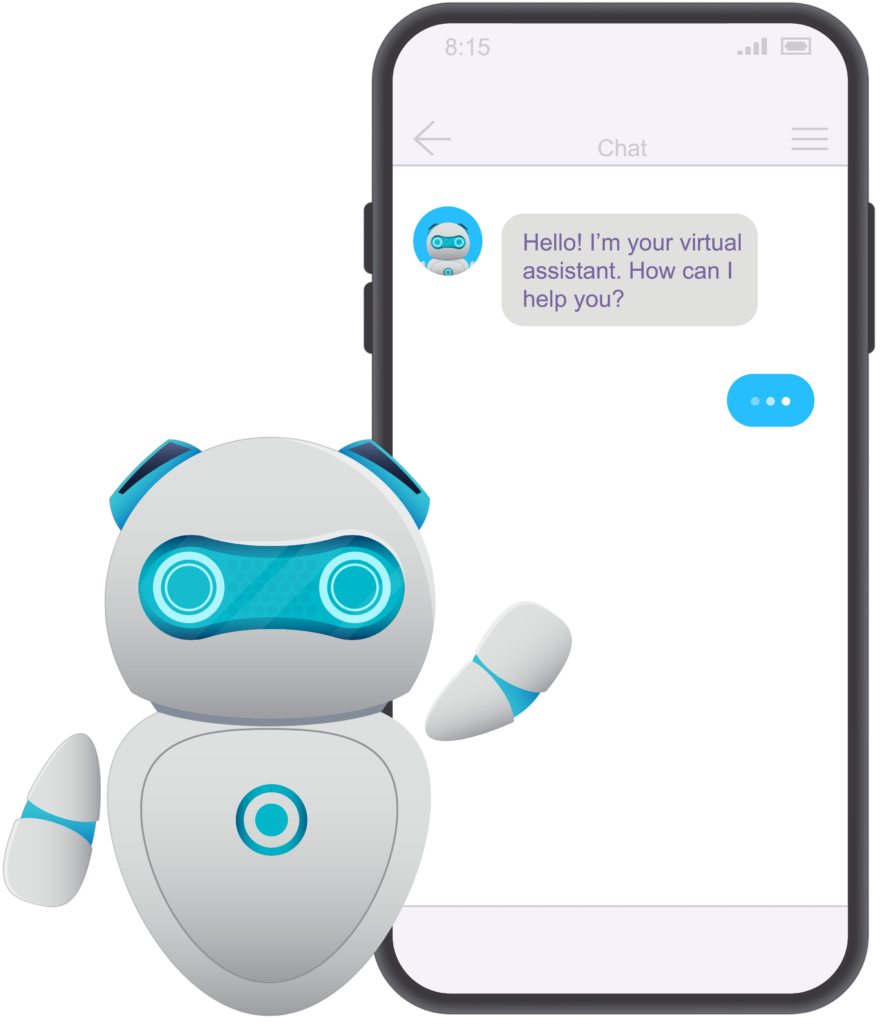Voice Interfaces
In the rapidly evolving landscape of human-computer interaction, voice interfaces have emerged as a transformative force. From smart speakers to virtual assistants, the ability to interact with technology using natural language has become a defining feature of modern applications. In this extensive blog, we will delve into the world of voice interfaces, examining their significance, challenges, and the pivotal role that ChatGPT, an advanced language model, plays in shaping the future of spoken interactions.

Understanding Voice Interfaces:
Voice interfaces, also known as voice-activated or voice-controlled interfaces, enable users to interact with devices or applications using spoken commands or queries. These interfaces leverage automatic speech recognition (ASR) and natural language processing (NLP) technologies to interpret and respond to spoken language, providing a more intuitive and hands-free user experience.
The Rise of Voice Technology:
The popularity of voice interfaces has witnessed a meteoric rise, driven by advancements in speech recognition algorithms, increased accessibility of smart devices, and the integration of virtual assistants into our daily lives. Key manifestations of voice technology include:
Smart Speakers: Devices like Amazon Echo and Google Home have become household staples, allowing users to perform tasks, ask questions, and control smart home devices using voice commands.
Virtual Assistants: Voice-driven virtual assistants like Siri, Google Assistant, and Alexa are embedded in smartphones and other devices, providing users with personalized assistance through spoken interactions.
In-Car Voice Systems: Many modern vehicles are equipped with voice-activated systems, enabling drivers to make calls, set navigation directions, and control in-car features without taking their hands off the wheel.
Voice-Enabled Applications: Various applications, from dictation tools to language learning apps, leverage voice interfaces to enhance user interaction and accessibility.
Challenges in Voice Interface Development:
While voice interfaces offer compelling benefits, they come with their own set of challenges:
Speech Variability: Accurately interpreting diverse speech patterns, accents, and languages poses a significant challenge, especially in multilingual environments.
Ambient Noise: Background noise can interfere with speech recognition, affecting the accuracy of voice commands and queries.
Contextual Understanding: Developing systems that understand the context of a conversation and respond appropriately requires sophisticated natural language processing capabilities.
Privacy Concerns: As voice interfaces involve capturing and processing audio data, privacy concerns regarding data storage and usage have become a prominent issue.
